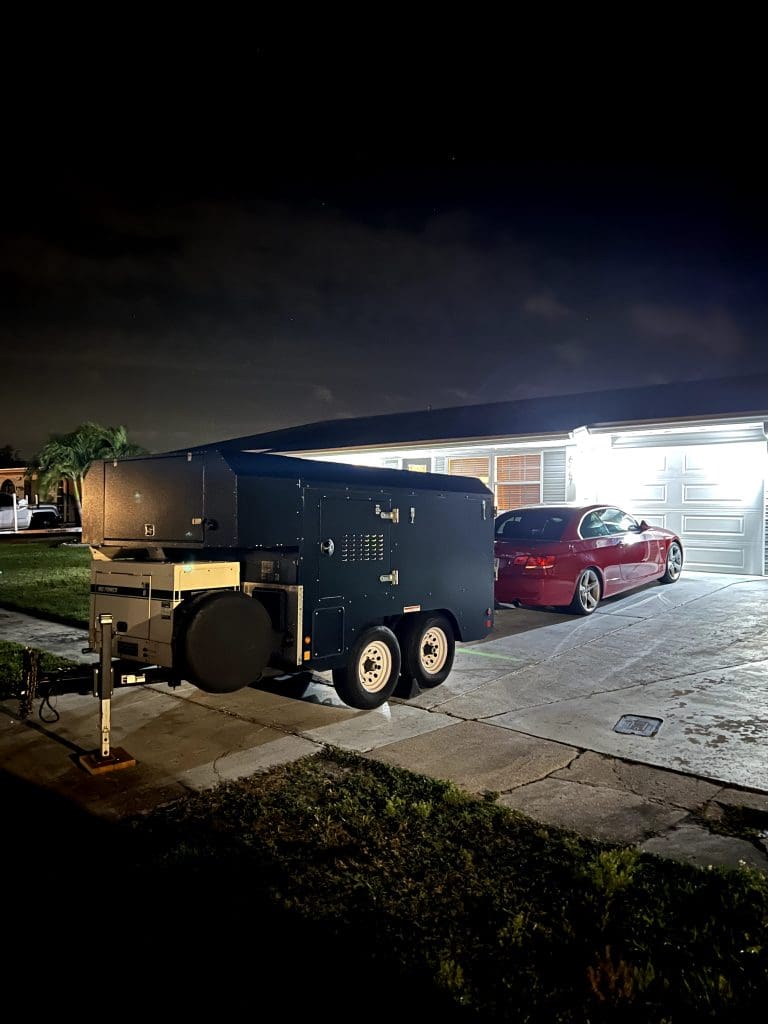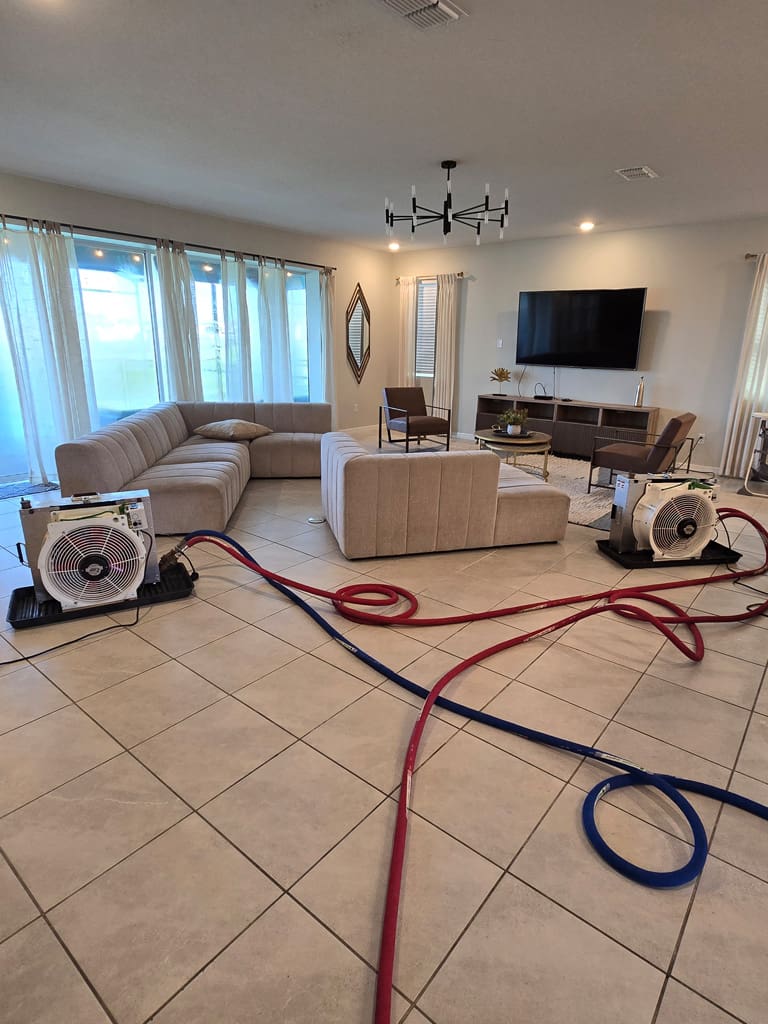Given bed bug biology, here’s a guideline that pest pros generally accept:
- Wait at least 3 to 4 weeks after final treatment.
- Monitor diligently for live bugs, bites, fecal spots, shed skins, or new activity.
- If nothing appears in that window, it’s reasonable to conclude the infestation is eradicated — and almost certainly by 60 days, the truth is clear.
Virginia’s state pest control guidance, among others, recommends follow-up inspections spaced 2 weeks apart to account for egg hatch and any stragglers. (VDACS)
Lawns and gardens? Not relevant — bed bugs are indoor pests, hiding in host environments.
So, if a warranty is longer than 60 days and still promises “complete eradication” or “no reoccurrence,” the provider is selling hope, not biology.








